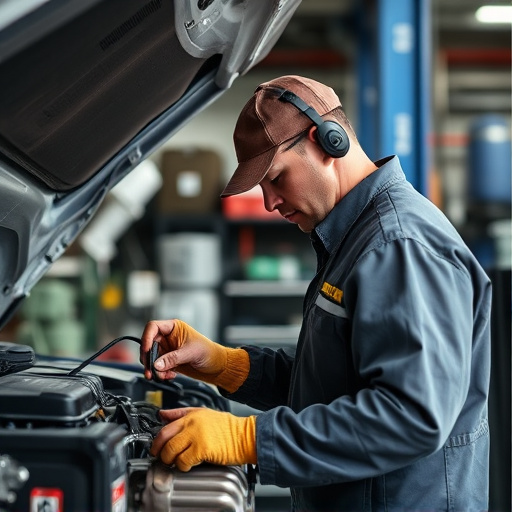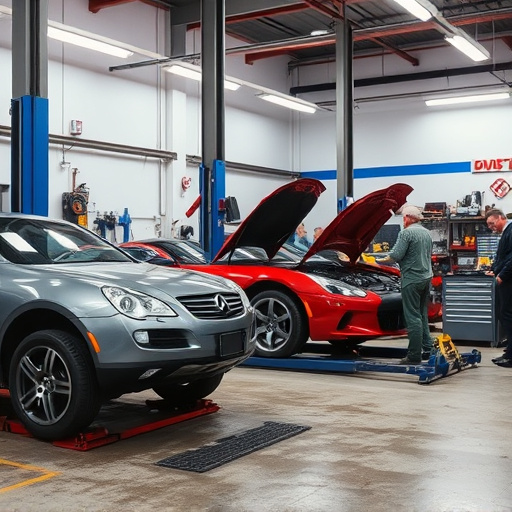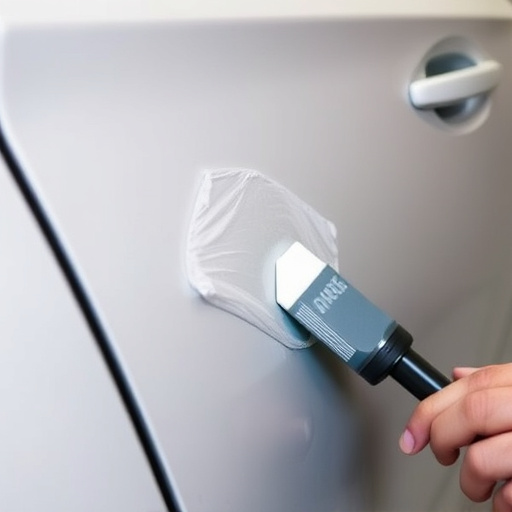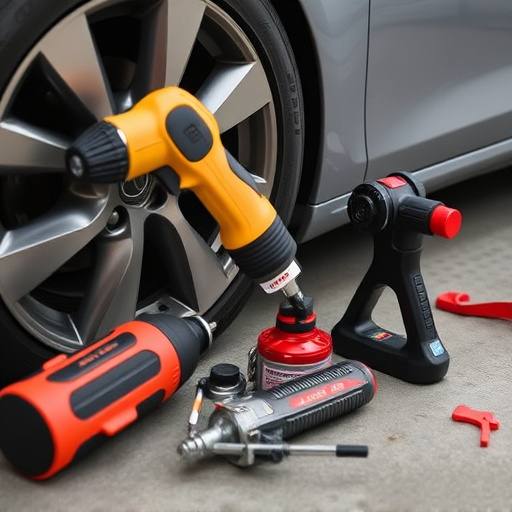The Mercedes Air Balance System is a sophisticated technology that maintains cabin air quality through continuous monitoring of temperature, humidity, and CO2 levels. It features advanced filtration for dust, pollen, and allergens, ensuring a healthy environment, especially for allergy sufferers. This system controls CO2 levels in traffic jams, providing fresh air during long drives. Regular maintenance, including tire pressure checks, debris removal, and collision repair, is crucial to keep the Mercedes Air Balance System functioning optimally for safety and performance.
Unraveling the mysteries of the Mercedes Air Balance System, a cutting-edge technology designed to optimize cabin comfort. This comprehensive guide delves into the intricate workings of the system, exploring its key components and their vital roles. Learn how this advanced feature maintains ideal air quality and temperature, ensuring a tranquil drive. Additionally, discover practical maintenance tips and troubleshooting techniques to keep your Mercedes’ air balance system running smoothly.
- How Mercedes Air Balance System Works
- Key Components of the System
- Maintaining and Troubleshooting Tips
How Mercedes Air Balance System Works

The Mercedes Air Balance System is a sophisticated technological feature designed to ensure optimal air quality inside the vehicle cabin. It operates by continuously monitoring and adjusting the composition of air entering the car, focusing on three key elements: temperature, humidity, and carbon dioxide levels. This system works in tandem with the vehicle’s climate control unit, utilizing sensors placed strategically throughout the cabin. These sensors detect any variations from the ideal balance, and accordingly, the system adjusts ventilation and air distribution to maintain a comfortable and healthy environment for passengers.
The Mercedes Air Balance System distinguishes itself by prioritizing not just temperature and humidity but also actively filtering out pollutants and unpleasant odors. It does this through advanced filtration mechanisms that trap dust, pollen, and other allergens, ensuring a cleaner atmosphere. This feature is particularly beneficial for those with allergies or respiratory conditions, offering a level of comfort similar to what one might experience in a controlled indoor environment. Moreover, the system’s ability to monitor and control carbon dioxide levels helps maintain proper ventilation, especially during situations like traffic jams or long drives when fresh air intake may be limited, ensuring passengers stay refreshed and alert.
Key Components of the System

The Mercedes Air Balance System is a sophisticated network designed to maintain optimal cabin air quality. Central to this system are several key components working in harmony. The first and vital component is the air intake, responsible for drawing in fresh external air while expelling recirculated air from within the vehicle. This ensures a constant supply of clean, unpolluted air. Next, the filter plays an indispensable role by trapping pollutants, allergens, and other contaminants, allowing only pure air to pass through and reach the cabin.
The pressure sensor is another crucial element, constantly monitoring cabin air pressure to detect any imbalances. It signals the system to adjust the flow of air accordingly, ensuring a comfortable and healthy environment for passengers. Additionally, the Mercedes Air Balance System incorporates advanced electronics that control and regulate these processes, facilitating seamless integration with the vehicle’s overall climate control system in an auto body shop or automotive repair facility.
Maintaining and Troubleshooting Tips

Keeping your Mercedes’ air balance system in optimal condition is essential for both performance and safety. Regular maintenance includes checking tire pressure, ensuring the system’s components are free from debris, and inspecting for any signs of damage or wear. A slight misalignment in the system can lead to uneven tire wear, reduced fuel efficiency, and handling issues—problems that proactive care can prevent.
When troubleshooting, pay close attention to any unusual noises coming from the system or a noticeable change in vehicle performance. Common issues may include sensor malfunctions, valve problems, or air leaks caused by dent repair or collision damage repair. If you notice a decline in tire pressure, it could indicate a problem with the system’s regulators or an external leak. For minor dents or cosmetic damages that could impact airflow, consider automotive collision repair to restore structural integrity without compromising the air balance system’s precision.
The Mercedes Air Balance System is a sophisticated yet essential component in maintaining optimal cabin comfort. By understanding its basic functions, key parts, and simple maintenance tips, car enthusiasts can ensure their Mercedes-Benz vehicles provide a pleasant and personalized climate control experience. Regular upkeep of this system not only enhances passenger comfort but also contributes to the overall longevity of your vehicle’s interior components. So, whether you’re a owner or enthusiast, familiarizing yourself with the Mercedes air balance system is a valuable step in maximizing your driving pleasure.













